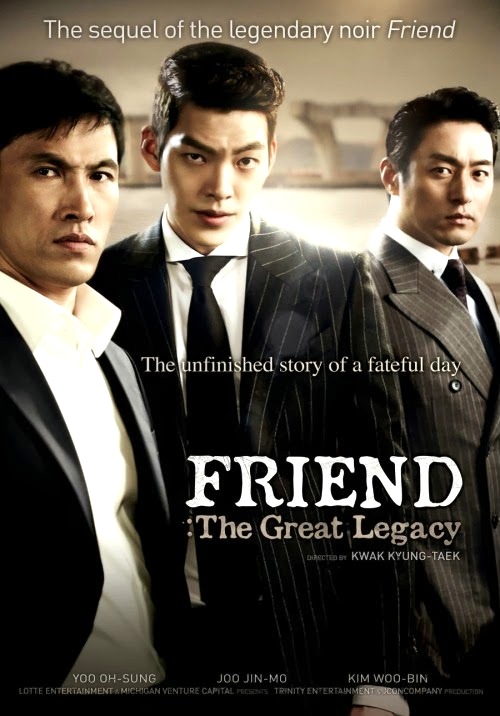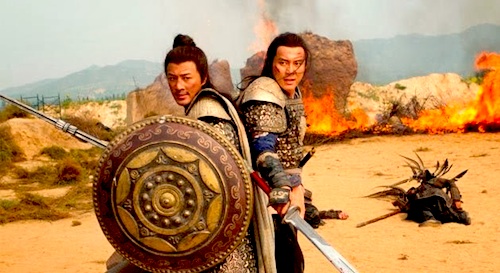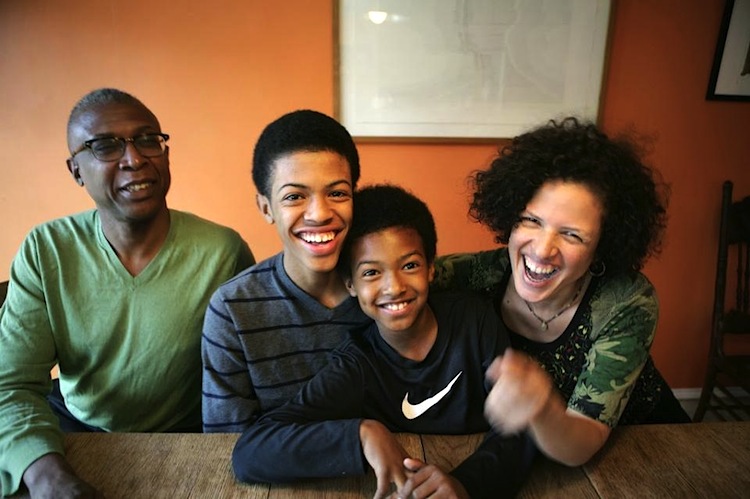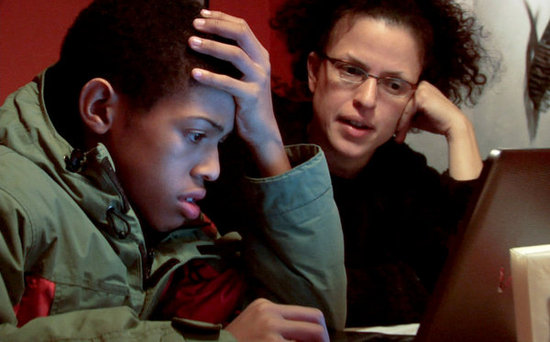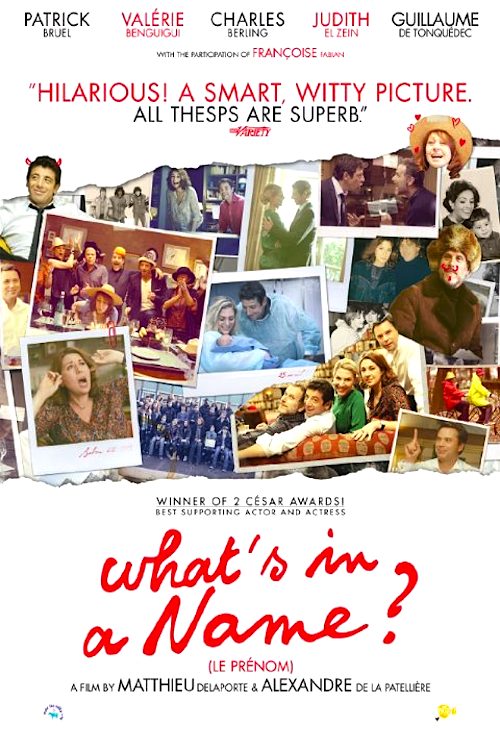By Joe Bendel. It starts with a gratuitous sex scene, closely followed by a generous helping of gratuitous violence. Obviously, there is no call for subtlety here. Whether or not it really is Old Scratch stirring up mischief or the demonic spirit of a notorious serial killer hardly matters. Either way there will be big trouble in Adrián García Bogliano’s Here Comes the Devil, which opens today in New York.
In time, the prologue will make more sense, as is often the case with good prologues. For the time being, our story revolves around Sol and Félix, two reasonably humdrum parents on holiday with their adolescent son and daughter. To squeeze in some adult quality time, they let Sara and Adolfo go explore a nearby craggy hill. When they are not back by the appointed time, panic and recriminations replace passion. Making matters worse, this particular corner of northern Mexico seems to have some sort of sinister history.
 When the kids suddenly turn up the next morning, everything seems to be okay. Yet, they now seem strangely distant. Initially, Sol and Félix fear something might have happened with the slow-witted man they caught suspiciously eying Sara at the gas station at the foot of the hill. However, it becomes increasingly difficult to rationalize away all the uncanny incidents occurring around the house.
When the kids suddenly turn up the next morning, everything seems to be okay. Yet, they now seem strangely distant. Initially, Sol and Félix fear something might have happened with the slow-witted man they caught suspiciously eying Sara at the gas station at the foot of the hill. However, it becomes increasingly difficult to rationalize away all the uncanny incidents occurring around the house.
Devil is sort of like a throwback to 1980’s horror films, but with a taste for post-2000 excess. Ironically, it probably has more sex than blood, but it still definitely is not for the squeamish. Regardless, Bogliano creates a profoundly creepy atmosphere, nicely building off the somewhat confused but still intriguing backstory.
Mexican pop idol Laura Caro makes a surprisingly strong horror movie mom and Francisco Barreiro (also seen in the original We Are What We Are) is at least sufficient to the task as the more passive Felix. Befitting its genre status, Devil also features several small but memorably colorful supporting turns, such as Enrique Saint Martin as the severe-looking gas station manager, who might know only too well just what is going on here.
Devil’s midsection actually boasts some rather inspired developments that definitely set it apart from the field. Bogliano makes the most of his ominous yet seemingly everyday locales (filmed in Tijuana and neighboring Tecate), maintaining the effectively portentous vibe. Well crafted by horror industry standards, Here Comes the Devil is recommended for mature genre fans when it opens today (12/13) in New York at the Cinema Village, just in time to help us get in the holiday spirit.
LFM GRADE: B
Posted on December 13th, 2013 at 7:29pm.
